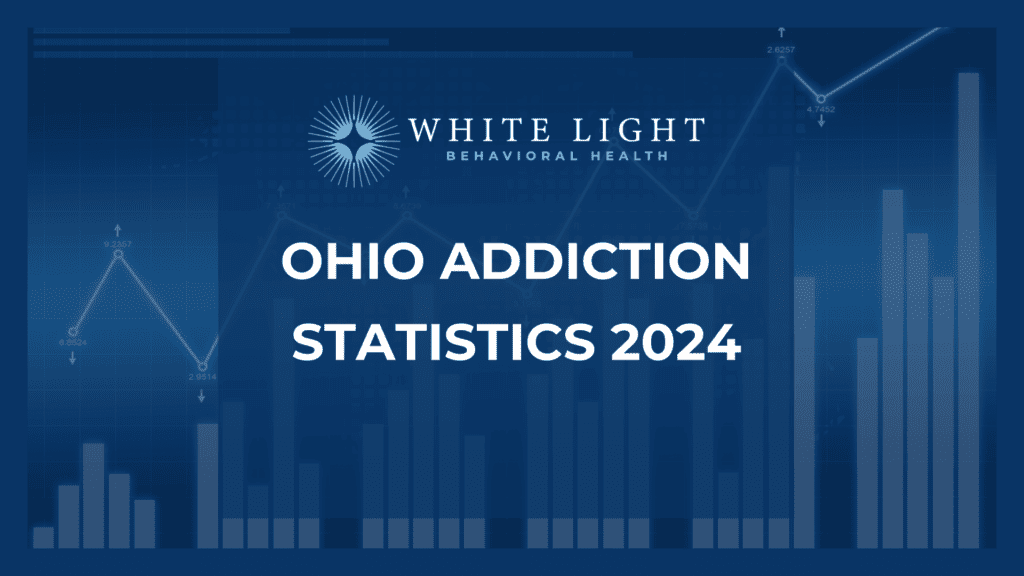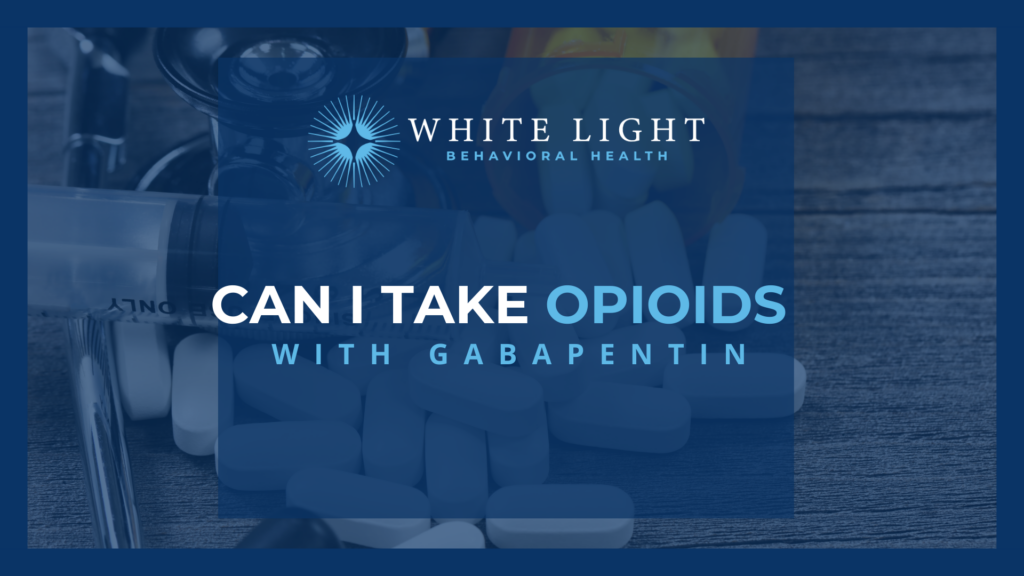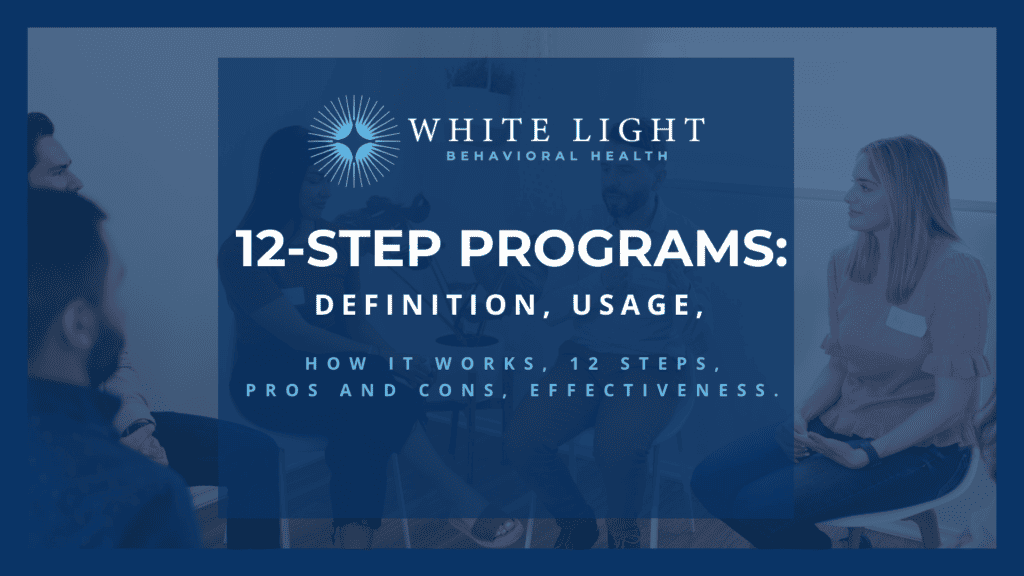Learn How to Save a Life With Naloxone (Narcan)
Being addicted to drugs and/or alcohol means that you are suffering from a chronic disease that involves compulsive usage that becomes difficult to control or even impossible to manage. This compulsive usage often comes with consequences that are detrimental to your health and can put you at risk for a potentially fatal overdose.
Initially, the decision to use drugs and alcohol is voluntary. However, over time, repeated use eventually alters the chemistry in the brain and makes self-control and resistance to using substances extremely difficult. These changes in the brain can cause difficulty in the long term, leading to relapses even after you have become sober. Those in recovery need to have an ongoing treatment plan even after their initial success in quitting the harmful substance.
What Happens in the Brain When You Abuse Substances?
Most addictive substances cause euphoria and flood the brain’s reward center with dopamine. Dopamine is a neurotransmitter that your body makes naturally, and your nervous system uses it to transmit messages between nerve cells. It is spread along the major pathways in the brain and is a major component of our pleasurable feelings.
The surges of dopamine that come with drug abuse wind up reinforcing negative behaviors by charging the reward circuit of the brain. With repeated use over time, the brain adapts. The ability of cells in the brain to respond to the surges lessens. This means that a person winds up having to progressively use an ever-increasing amount of the substance to get the same pleasurable effect. Eventually, these adaptions in the brain make deriving pleasure from normal activities like being social, eating food, or having sex much more difficult.
What Are the Dangers of Drug Addiction?
Someone suffering from drug addiction can develop one or more health issues associated with continued usage. These could include mental health issues, stroke, cancer, and lung or heart disease. Nerve cells can be damaged or destroyed, and addiction to some substances can cause severe dental issues. There is also a higher likelihood of contracting infections such as HIV or hepatitis. A major concern associated with opioid abuse is overdose and even death.
Why Should You Learn to Use Naloxone?
If you or someone you care about is using opioids or other substances that could potentially be laced with an opioid such as fentanyl, it is vitally important to keep Narcan with you at all times and let those who are in regular contact with you have access to it as well. In 2021, there were over 100,000 deaths in the United States due to drug overdoses, with three-quarters of them attributed to an overdose of opioids. Naloxone can save the life of a person experiencing an overdose of opioids; first responders use it to restore normal breathing when an opioid overdose occurs.
Where Can You Get Naloxone?
You can obtain naloxone in all 50 states. It is often available as a co-prescription for patients who have been prescribed high-dose opioids. It is also available over the counter at pharmacies in most states. Naloxone may also be obtained for free through syringe-service programs or community-based programs.
What Forms Does Naloxone Come In?
There are two forms of Naloxone available to administer without medical training or authorization. These are a nasal spray and a medication solution to inject into a muscle or under the skin.
Is Naloxone Safe?
There is no evidence of any significant adverse reaction to naloxone. Narcan binds to opioid receptors, blocking or reversing the effects of the opioid causing the overdose. If the person is dependent on opioids, this can cause uncomfortable withdrawal symptoms, but they are not life-threatening. Withdrawal symptoms can include restlessness, anxiety, runny nose, vomiting, chills, hot flashes, rapid breathing, shaking, and more. Should naloxone be given mistakenly to someone with a suspected opioid overdose, there are no harmful effects.
What Is the Correct Dosage of Naloxone?
The correct dosage of naloxone can depend on various factors, including what opioid the person is overdosing on. For example, a fentanyl overdose may require more than one dose. So, when carrying Narcan, you should have multiple doses ready.
Signs of an Overdose
It can often be difficult to determine if someone is overdosing or simply high, so it is best to err on the side of caution and assume an overdose. If you are wondering if someone might be having an overdose, check for one or more of these symptoms:
- Losing consciousness or falling asleep
- Gurgling or choking
- Slow or weak breathing
- Pulmonary arrest
- Limp body
- Cold and clammy skin
- Skin discoloration
- Pinpoint pupils
What to Do in Case of an Overdose
If you suspect someone is having an overdose, it is important to act quickly. Good Samaritan laws in all 50 states and the District of Columbia protect those who try to save the life of someone suspected of overdosing on opioids. Here are the steps to take:
- Call 9-1-1.
- Administer Narcan.
- If after two to three minutes, the person you suspect of overdosing has not reacted to the naloxone, administer another dose. If using the nasal spray, administer the second dose in the other nostril.
- Do your best to keep the person awake and breathing.
- Turn the person on their side to prevent them from choking.
- Stay with them until emergency caregivers arrive.
The Correct Procedure for Administering Naloxone
Nasally
Here are the correct steps for administering Narcan nasally:
- Remove the nasal spray from its box.
- Open the nasal spray by peeling back the tab.
- Hold the spray with your index and middle fingers on either side of the nozzle and your thumb ready to press on the plunger.
- Provide support under the person’s neck, using your hand, and tilt your head back.
- Insert the nozzle into the person’s nostril until your fingers are against the bottom of the nose.
- Press the plunger down firmly to administer the dose.
- Wait and watch the person for two to three minutes.
- If there is no response, repeat the steps to administer another dose in the other nostril.
- If you have not done so already, call 9-1-1.
- Roll the person on their side to prevent choking.
- Wait for emergency services.
Injection
Here are the steps to administer naloxone (Narcan) through medical injection:
- Take the cap off of the vial.
- Puncture the rubber stopper with the needle.
- Pull back the plunger to draw the fluid into the needle.
- Inject the needle into the muscle in the shoulder or the front of the thigh; injecting through clothing is OK.
- If there is no response in a few minutes, repeat the steps and inject another dose.
- Be sure not to wait longer than five minutes to administer a second dose if there is no response.
How to Administer Rescue Breathing if There Is No Response From Naloxone
If you do not get a response after two doses of naloxone, you may need to administer rescue breathing while you wait for emergency caregivers. These are the steps to do so correctly:
- Tilt the person’s head back.
- Lift their chin.
- Pinch their nose.
- Begin with two breaths into their mouth.
- Every five seconds, continue with another breath.
- If you do not see the person’s chest rise and fall with the breaths, be sure their mouth is clear and their head is tilted back.
- Continue with the rescue breathing until the person can breathe without assistance or until emergency services arrive.
Caring for Someone After Administering Naloxone
Once you have given someone naloxone, there are further important steps to be aware of:
- Explain what happened to the person once they woke up. Encourage them not to take any more drugs, as it could lead to another overdose.
- Stay with the person until they are in the hospital or until the naloxone wears off. This can be between 30 to 90 minutes.
- If you opt to not seek medical assistance, stay with the patient for a minimum of three hours to ensure there are no further signs of an overdose.
- If the person is not okay when they wake up, be sure to call 9-1-1.
- When emergency services arrive, be sure to notify them that the patient has been administered Narcan.
- If it becomes necessary for you to leave, turn the person on their side with one of their hands supporting their head and one of their knees positioned to keep them from rolling onto their stomach.
- Go back to where you obtained the naloxone to get more in case you encounter a similar situation.
Recovery Treatment After an Overdose
After an overdose, it is important to seek addiction treatment so that an overdose does not occur again. White Light Behavioral Health is a substance abuse rehab facility in Columbus, Ohio that provides a variety of treatment options. Effective substance use disorder treatment programs utilize a combination of medication and behavioral therapy that is uniquely tailored to the needs of the individual patient. Getting clean after an overdose can feel like a daunting prospect, but we can help you see the light at the end of the tunnel.

Share This Post



